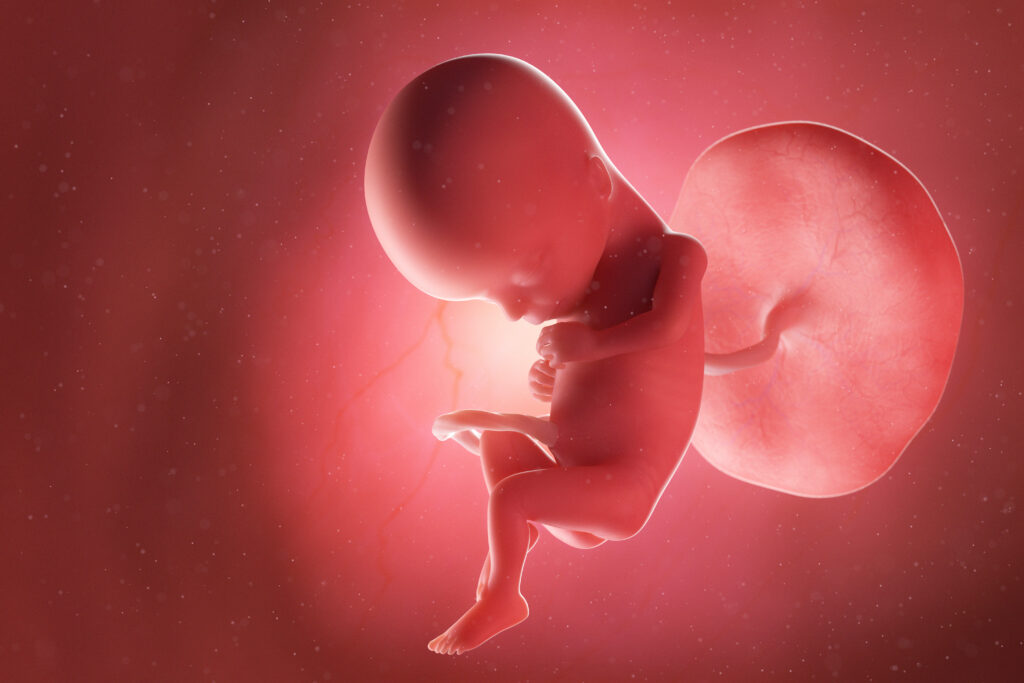Hyde @ 40: Analyzing the Impact of the Hyde Amendment

This is Issue 12 of the On Point Series. The most current version of this paper can be found at Hyde @ 40: Analyzing the Impact of the Hyde Amendment with July 2020 and June 2023 Addenda, On Point 96.
Congress enacted the first Hyde Amendment on September 30, 1976. The Hyde Amendment has been passed every year since 1976 and has largely prevented federal Medicaid dollars from paying for abortions. The Hyde Amendment has played an important role in the history of the national debate on abortion. Its passage was one of the pro-life movement’s first major legislative victories. As such, now is an apt time to look back on the amendment’s history and analyze its impact during the past 40 years.
The full text of this publication can be found at: https://www.lozierinstitute.org/HydeAt40-full
Executive Summary
- Over 20 studies in a variety of peer-reviewed academic journals demonstrate the Hyde Amendment and other laws to limit public funding of abortion reduce abortion rates and protect unborn children.
- Multiple studies show that when the Hyde Amendment took effect, the birthrate among women on Medicaid increased by an average of about 13 percent. That means in U.S. states that do not fund abortion through Medicaid, one in every nine people born to a mother on Medicaid owes his or her life to the Hyde Amendment.
- Since 1976, the best research indicates that the Hyde Amendment has saved over 2 million unborn children. This is roughly equal to the entire population of Houston, the fourth largest city in America. It is also roughly equal to the population of the entire state of New Mexico, and to the combined populations of the states of Rhode Island and Delaware.
- The Hyde Amendment routinely saves more than 60,000 lives in the United States every year.
- Since 1976, the Hyde Amendment has saved thousands of lives in almost every state. For example, 258,265 lives have been saved in Texas. In Florida, 171,514 lives have been saved. Over 100,000 lives have been saved in Illinois, Ohio, and Pennsylvania.
Michael J. New, Ph.D., is an associate scholar at the Charlotte Lozier Institute and visiting associate professor at Ave Maria University.

























